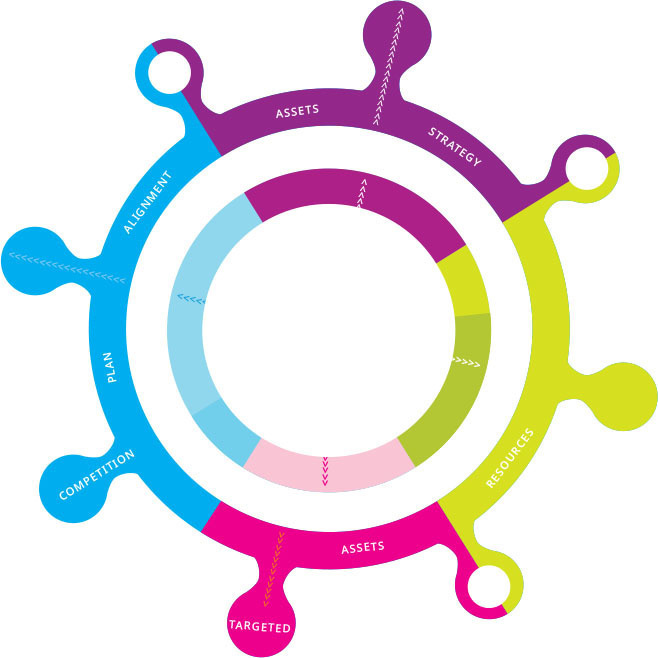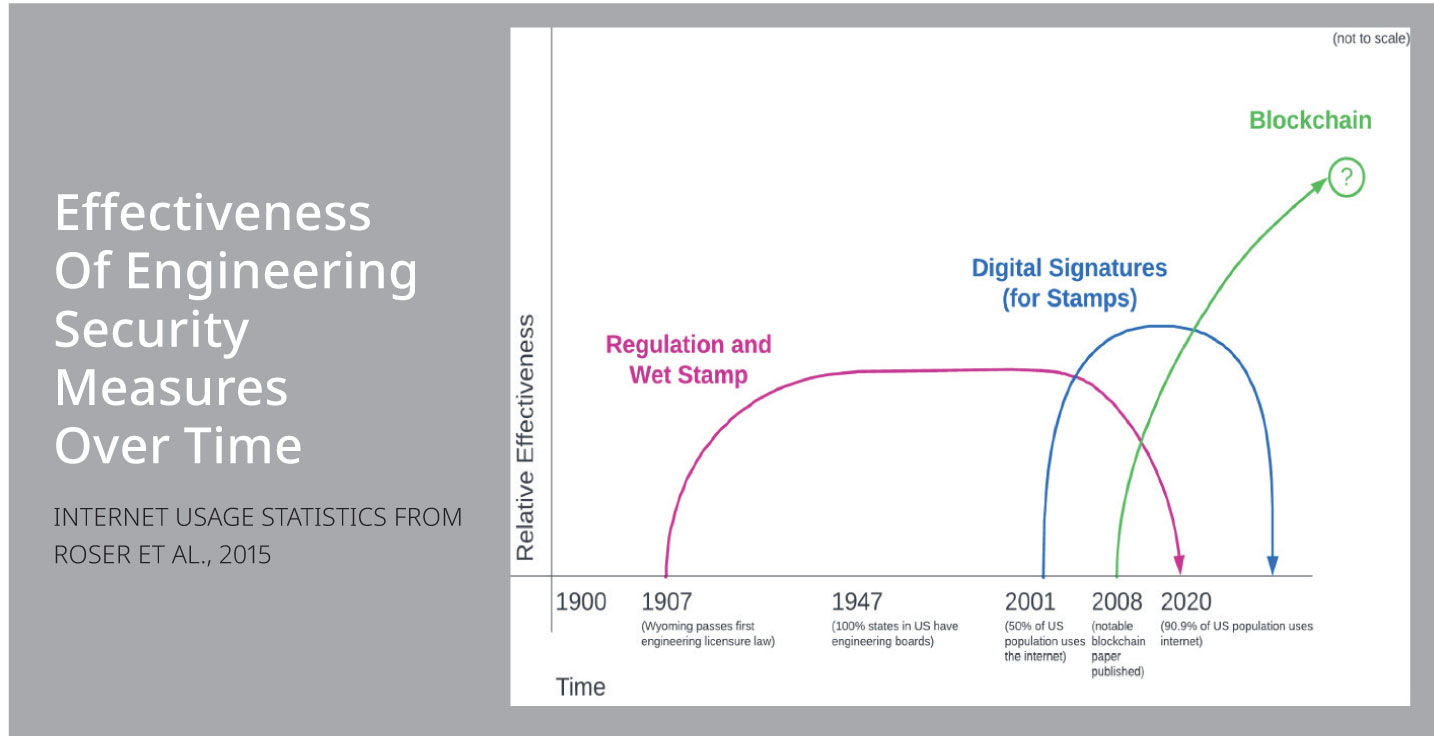July/August 2017
Communities: Construction
BIM Speeding Ahead in Transportation
Building information modeling has been used predominantly in the building sector, but the process is now being increasingly employed with transportation infrastructure, according to a recent study. And it’s demonstrating benefits and a positive return on investment.
A report from Autodesk and Dodge Data & Analytics, an analytics provider for the construction industry, has updated a 2012 study that found BIM’s use in infrastructure projects lagging but predicted to grow. The more recent findings “clearly demonstrate the fulfillment of that promise,” writes Stephen Jones, Dodge’s senior director of industry insights research.
The recent study surveyed design and construction professionals in the US, UK, Germany, and France, focusing on transportation infrastructure.
According to The Business Value of BIM for Infrastructure 2017, the percentage of heavy BIM users expanded greatly between 2015 and 2017, from less than a third to more than half of respondents.
Eighty-seven percent of BIM users reported positive value from its use, and most said they had not yet experienced all the potential value they believe BIM can provide. “This finding reinforces the forecast for additional growth in BIM implementation as users gain experience,” the report notes, “and the tools and processes advance to address more effectively the specific needs of the transportation infrastructure sector.”
Respondents were asked to choose the top three benefits they experience from a list. Responses fell into five categories: fewer errors (34%), greater cost predictability (22%), better understanding of the project (21%), improved schedule (16%), and optimized design (8%).
Almost half of the respondents have been using BIM on transportation infrastructure projects for three years or less. According to the report, as users gain more experience, the importance of optimizing design (including producing better performing infrastructure projects) may increase.
Although many respondents don’t formally measure the return on investment from use of BIM, nearly two-thirds (65%) report a positive ROI. Top priorities for US respondents for improving the value they receive from BIM include training, accreditation, new hardware, and developing collaborative processes with external parties.
Access the study at www.construction.com/toolkit/reports.


 Volunteering at NSPE is a great opportunity to grow your professional network and connect with other leaders in the field.
Volunteering at NSPE is a great opportunity to grow your professional network and connect with other leaders in the field. The National Society of Professional Engineers (NSPE) encourages you to explore the resources to cast your vote on election day:
The National Society of Professional Engineers (NSPE) encourages you to explore the resources to cast your vote on election day:



